A few weeks ago I bought my first pair of snow boots and cannot believe the difference that they have made in my overall comfort this winter. I have recently moved to snowy Denver after five years in Australia and had to accept that my Converse Allstars aren’t really the best for walking around icy streets. It got me thinking about how women stayed warm during Victorian times and winter fashion of the era. What clothing items would have been essential during the winter months and did Victorian women have any tricks for keeping warm that we no longer employ? This, combined with reading the delightful exploration of winter in Bernd Bruner’s Winterlust kept the topic on my mind. Google searches ensued, and I’m sharing a few of the fun things I uncovered.
Women’s winter fashion in Victorian times
Muffs
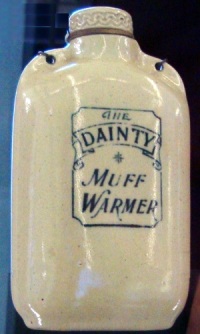
Most readers will be familiar with the large and wholly muffs seen wrapped around women’s hands in Victorian imagery. Providing extra protection and insulation for gloved hands does certainly make sense, and they sure were darn cute. Did you know, however, that some muffs were installed with warming technology, not just fur? If a woman could afford it she may have worn a muff installed with a ceramic or metal tube to hold either a container of slow-burning charcoal or boiling water.
I have always loved the look of muffs seen in Victorian paintings and often wondered why they went out of use. Then again, I guess scrolling through Instagram or taking selfies would be a lot more difficult with my hands content in a muff.
Under the dress
Victorian women knew how to layer. While the fashions of the time permitted the same dresses to be worn year-round, there was a lot going on underneath. To warm the legs, Victorian women wore long stockings made of cotton or even silk, and sometimes multiple pairs. On top came wool pantalets, worn by tying at the waist, and on top of that a wool chemise (similar to what we would call a full slip today), plus a corset. This combination of undergarments provided the skin with wonderful protection from the cold.
On top of the standard undergarments came extra petticoats made of wool or flannel. Consider that on the top of all I’ve mentioned then came a heavy Victorian dress or gown, tall boots, cloak, hat, gloves, and a muff. You can imagine that women fared pretty well when dressed in seasonally-appropriate clothing. One woman may have worn nearly 40 pounds of clothing during a Victorian winter.
Cloaks instead of coats
Many of the fashions of the Victorian Era, especially the late Victorian years, involved sleeves that were made to poof and poof big. There was often so much fabric covering the arm of the Victorian lady that coats were difficult to wear, and cloaks were the outerwear of choice (plus allowing women to show off the poofs). Day-to-day cloaks were colorful and typically made of wool, silk, and velvet. They varied in length from the waist to the knees and may or may not have included hoods.

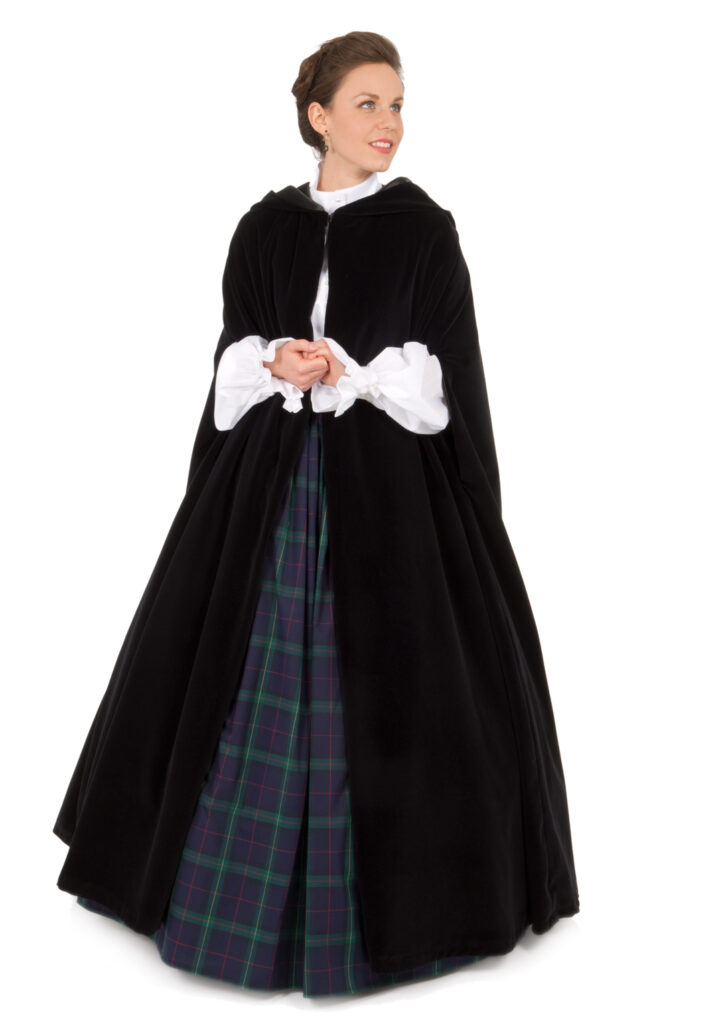
Furs and animal skins
While furs mostly belonged to the wardrobes of the well-to-do, wealthy Victorians couldn’t get enough. Women wore hats, shawls, cloaks, gloves, and muffs made of or lined with fur and few creatures were off-limits. Kashmir was made popular during this time, named after the Indian town where the goat hair was sourced. Fox, mink, beaver, bobcat, sea lion, and rabbit furs were common, and I even came across multiple references to monkey-fur lined cloaks. Fur was such a status symbol that the stole became en vogue, using the entire fur of small animals and maintaining their heads, arms, and legs.
While the use of fur in fashion is today a highly contested issue, Victorians were generally remarkably disconnected from any emotion surrounding the source of their furs. Some fashion magazines went so far as to provide graphic descriptions and even photographs of the animals being hunted for manufacturing purposes.
Going to bed: nightcap and stockings
Sure, women may have stayed warm when decked out in the various layers of the time, but what about once the lights went out?
One thing we know is that layers were employed under the covers as well. Nightcaps were really worn outside the pages of Twas the Night Before Christmas. Nightgowns would have been long year-round and almost always white, but during the winter months, they would have been made of flannel rather than airy fabrics. Night jackets were also a wardrobe staple, worn before turning out the light and in the early morning hours. Dressing gowns began to pick up in popularity around this time, with a style similar to today’s robes but made of fine fabrics and worn with the possibility of appearing in front of other members of the household.
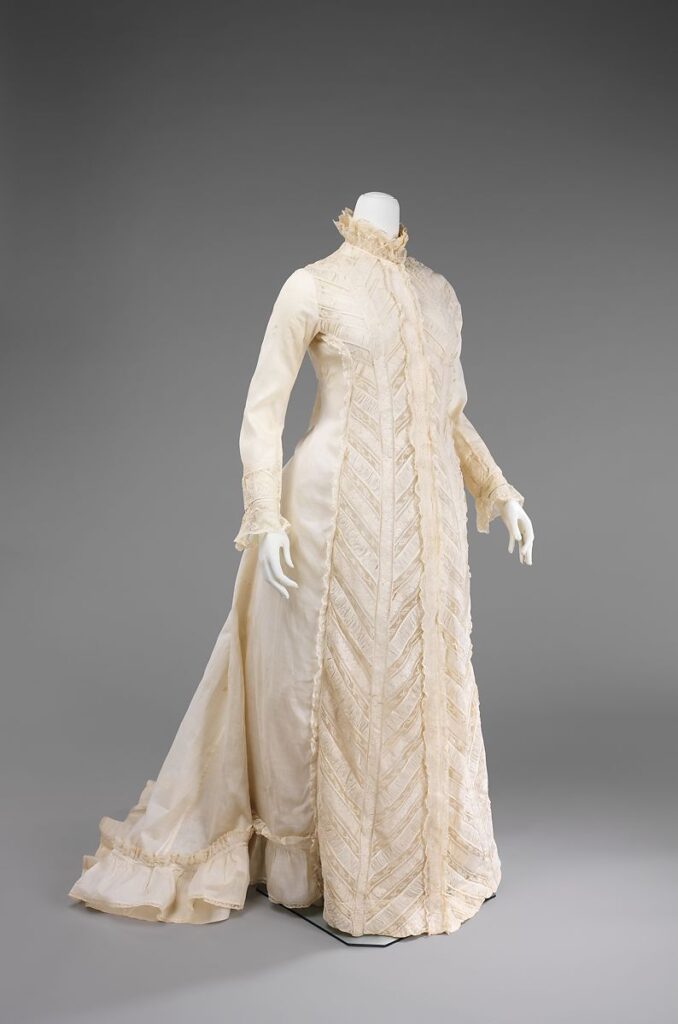
Additionally, bed stockings were pulled on before getting under multiple quilts, but the effort to enjoy a warm bed didn’t stop there. Keep reading to see how inventive Victorians got with warming the home.
Browse our selection of Victorian nightwear here
Warming the Victorian home in the winter
As we have seen, it wasn’t necessarily difficult for women to dress warmly during Victorian times. In fact, during my recent interview with Ashley Martinez of the Pine Ridge Dude Ranch, she told me that even in the middle of the New York winter that her biggest issue with her Victorian costume was not getting too hot during her portrayals of Mrs. Claus.
We all know the joys of returning home to a house with central heating and some of us enjoy luxuries such as heated blankets or timers that allow us to wake up to cozy rooms in the morning. But what did Victorian households do to keep warm?
Let’s look, shall we?
Layers!
Similar to the fashions of the day, Victorians relied on layers and insulation to keep the home warm. Do you think that the long, thick drapes seen in movies and paintings of Victorian times were a mere interior decorating craze? Think again. The first line of defense in protecting a household against brutal temperatures were the drapes themselves, and up they went. If a household could afford it, drapes would have been hung on each window in the home; the thicker, the better.
As I write this post I am sitting at my little corner desk near the main windows in my apartment. I can easily say that thick drapes would go a long way right now!
And while we may love the homey feeling that nice wood floors give us today, Victorians would have none of it. Well-to-do families enjoyed thick carpeting on each and every floor where the family walked.
Victorian foot warmers
Wealthier households enjoyed the use of portable foot warmers to add more comfort to the long winter months. Foot warmers were constructed of porcelain, ceramic, or metals and meant to be filled typically with coals, though some did hold boiling water. Many versions were made of tin, punched with decorative holes and held an earthenware bowl inside with the coals. In England, sphere-shaped foot warmers made of earthenware were the popular type.
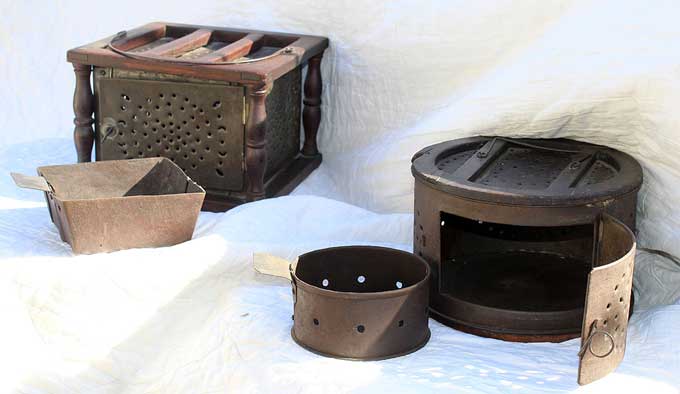
Such devices were highly portable and used mostly by women while lounging in the parlor. When venturing out for a church service the wealthier families would bring them along to add comfort to the pew. Rail companies offered them to first-class passengers well into the 20th century.
I am fascinated by these contraptions and have already begun shopping around online for an earthenware version of my own.
Under the sheets
While canopies and four-poster beds come quickly to mind when I think of Victorian bedrooms, I often fail to consider how functional they would have been in the winter months. Indeed, the thick canopies that adorned four-poster beds in many bedrooms were used primarily for keeping warm through cold nights, which is why we see them largely go out of style as electric heating systems expanded their reach in the 20th century. Made of sturdy, thick fabrics; canopies and curtains would have been extremely effective in creating a cozy sleeping nook for the wealthy (plus, they were super pretty)
Between the sheets
With or without a four-poster bed, the common method of keeping the bed warm enough to sleep in was employing a bed warmer. Similar to the foot warmers, bed warmers were made of metals (copper being a common one) with holes punched strategically over the top. Each warmer had a lid and was attached to a long wooden pole. This pole allowed the front to be slid around under the covers of the entire bed to warm it up before use. While cozy, such technology was highly problematic (need I go on?), and metal bed warmers were replaced by hot water bottles after the invention of rubber.
How did the rest of the Victorian population stay warm?
With all of the above in mind, remember that nearly everything I’ve mentioned above refers to households of means. Household staff, poor families, the destitute, and many on the frontier wouldn’t have enjoyed opportunities for such pleasant winters. Many people would have had to get far more inventive on their own. I am quite interested in the means employed by those unable to purchase warming technology and fashions and would love for any readers to share with me any resources they have.
Stay warm the Victorian way with these Recollections looks:
More winter fun:
Dressing for Winter During the Victorian Era

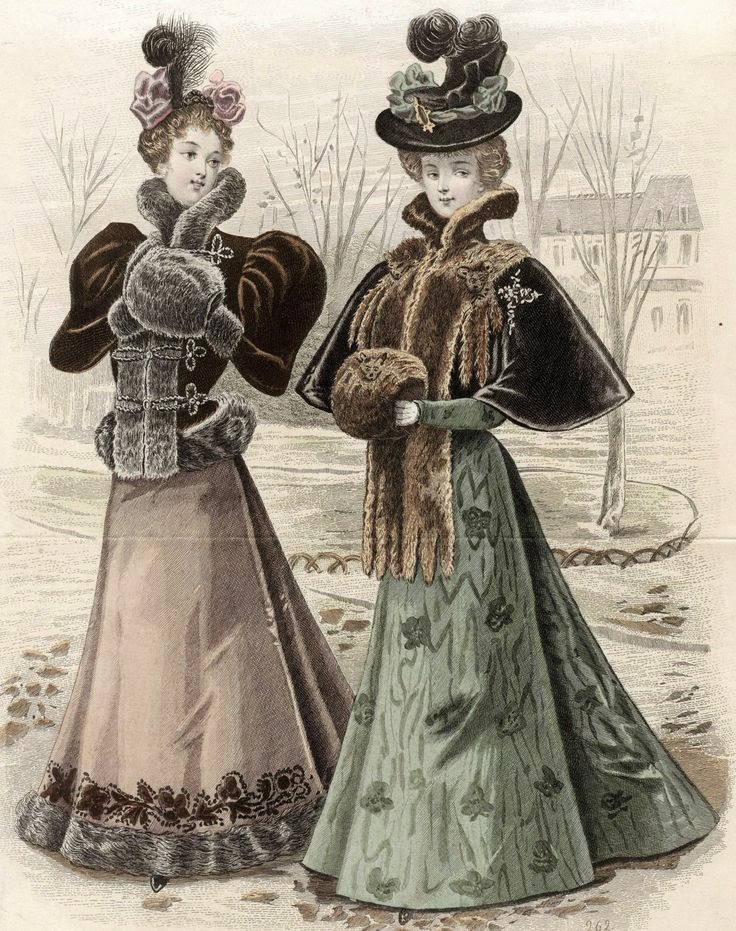
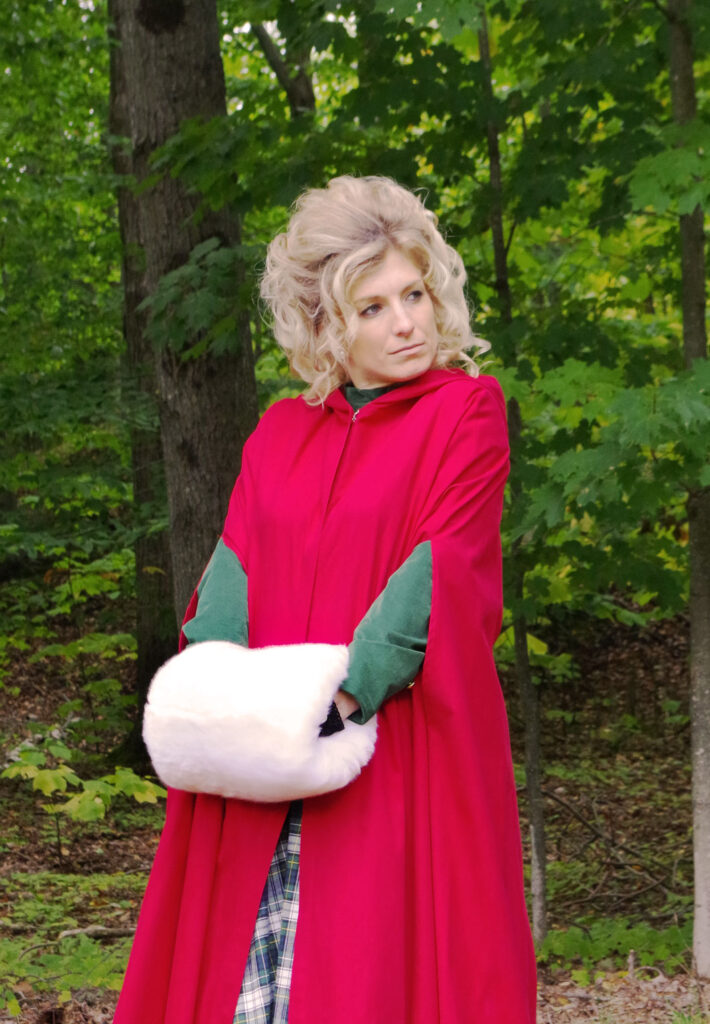












Thank you so much for reading, Eileen! I have thought about doing an entire piece on the evolution of women and horseback riding as I too can’t wrap my head around not having my legs wrapped around a swiftly moving animal when I’m on top! The good news is that women would have been quite accustomed to the things that are hard for us to imagine today. Check out my more recent piece on dress reform to inform on the topic. Good luck with your novel!
I really enjoyed this post. I’m working on a novel set in 1895 Ireland. The protagonist is poor, but stepping into the lower middle class after marriage. The more I write, the more I realize how important clothes are in both comfort and function. Think about riding a horse any way but side-saddle with a split crotch!
Hi Dotti, The daily lives of women in different eras is a fascinating thing to think about, I agree! I am sure, however, that the women of all time periods had different tricks and habits for everyday tasks that made things seem as natural to them as the same things do for us today!
You are right, I am sure people got very inventive. I did read that bricks were sometimes used in the same ways that fancier devices were. I also read that people would spend a lot of time together in the kitchen. It was likely quite cozy in some households, regardless of family wealth.
Is it crude to think how inconvenient it would be to use the bathroom wearing all those layers?
A very warm brick wrapped in flannel or wool material outlasted any hot water bottle,
or for the working class a certain (shape/size) well-picked river rock- one that wouldn’t explode due to water content it held when heated past a certain point. For warmth boiled wool material, felted wool and buffalo robes were worth their weight in gold.